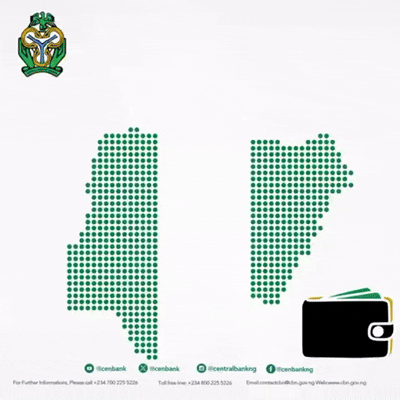The devastating effect of the Naira scarcity ocassioned by the design of the local currency by the Central Bank of Nigeria (CBN) was responsible for 30 percent drop in the weekly usage of the Automated Teller Machines (ATM) in 2023, from 70 percent in the past few years, according to a new report by KPMG.
Specifically, the report from reveals that weekly ATM usage among Nigerians dropped from 70% in the past few years to 40% in 2023.
The report titled “In Pursuit Value” surveyed customers of Nigerian and Ghanaian banks and curated their experiences during the year under review.
According to the survey, ATM usage in Nigeria has witnessed a notable decline due to the regular unavailability of cash in many stations.
It further stated that the medium digital transactions dropped from the top to outside the top ten in the survey.
The report stated:,
“Currently, four in ten customers report weekly ATM usage, a notable decline from the previous seven in ten over the last few years. This decline in ATM us- age coincides with a significant rise in agency banking usage, with six in ten customers frequenting bank agents every week”
The report further noted that the rise in agency banking emphasizes the continued popularity of cash, underscoring customers’ quest for more readily available cash options, primarily driven by the popularity of bank agents across the nation.
Increase in digital payment
Furthermore, the survey noted that payment via digital mediums rose by 52% in 2023 between January and October according to NIBSS data.
It explained that the spike in digital payments was triggered by the cash crunch occasioned by the CBN’s naira redesign policy in the first quarter of 2023.
It stated,
“Consequently, digital payments surged, marking a notable 52% increase in total NIBSS Instant Payment (NIP) transactions by October 2023 compared to January of the same year. This was triggered by the Central Bank of Nigeria’s initiative to overhaul the Naira, aiming to regulate cash circulation and reduce reliance on physical currency”
ALSO READ:UBA Surpasses N1tn Market Capitalisation Mark Amidst Impressive Financials, Recognitions
It further explained that the rise in digital payment overwhelmed Tier-1 banks with multiple cases of transaction failure but fintechs such as Opay, PalmPay, and Moniepoint rose to the challenge leading to a significant change in customers’ preferences.
According to the survey, 58% of respondents switched banks or had reasons to change to fintechs during the period. This presents a radical shift from the 15% who switched banks in 2022.
Also, around 13% of retail banking respondents now rely on fintech for their primary banking needs from the 4% who made the switch in 2022.











